Coming out a crash course on home recording equipment, the basic outlay seemed to be:
Microphones: two basic types are dynamic, and condenser – with the former more suitable for low-frequency audio signals (e.g. drums), and latter for higher-frequency audio (e.g. piano). Condenser microphones can be several orders more expensive and in the thousands of dollars range though, but I found Amazon selling pretty decent large diaphragm condensers for USD70 each – the Samson C01. And these weren’t run of the mill ones either, but well-regarded and fairly well-reviewed too.
Microphone cables: these can cost a bit too, but I went with the cheapest that could be delivered to Singapore through expedited and free shipping – at USD7 each. Hooray for cheap Amazon house-brand stuff! Had to make sure that the connector ends were of the correct type with the microphone and audio interface unit though.
Microphone stands: again, not willing to spend a lot on this. The cheapest decent stands – I needed two of them – was available on Amazon: the Samson MK-10 Boom Stand with a very attractive price-tag of USD20 @ Amazon, but the item would not ship with free expedited international shipping. Even Amazon’s slightly cheaper house-brand required shipping fees. Boo! Fortunately, Lazada lists local resellers who carry this item, so two were picked up at SGD40 apiece.
Audio interface: another item I had to read up about as a total noob. Basically, this is a electronic box that interfaces between the computer’s digital audio software and the recording equipment, and the best (i.e. most expensive) ones permit large numbers of audio inputs of multiple types. These can cost several hundred USDs. And as I was just trying out home recording, I got lucky again finding one – the U-Phoria UMC202HD – that was rated highly, and from Behringer, a German audio equipment manufacturer, that cost USD60. Perhaps as a testament to how popular this particular model is, I pretty much bought the last available unit on Amazon – as immediately after ordering it, the item went out of stock – with the next availability at 4-6 months as reported by Amazon.
Digital Audio Workstation: is really just a fancy name for the application software that takes care of the editing and post-processing parts of an audio recording. The professional versions can run to thousands of moola, so I went with the open-source and very free equivalent: Audacity, the widely-praised digital audio editor that I’ve been using for about ten years now after getting introduced to it as part of work.
And since I’ll still be recording video that I’ll merge the new audio layer into, I dug up my old copy of Adobe Premiere Elements and have to start learning how to use it.
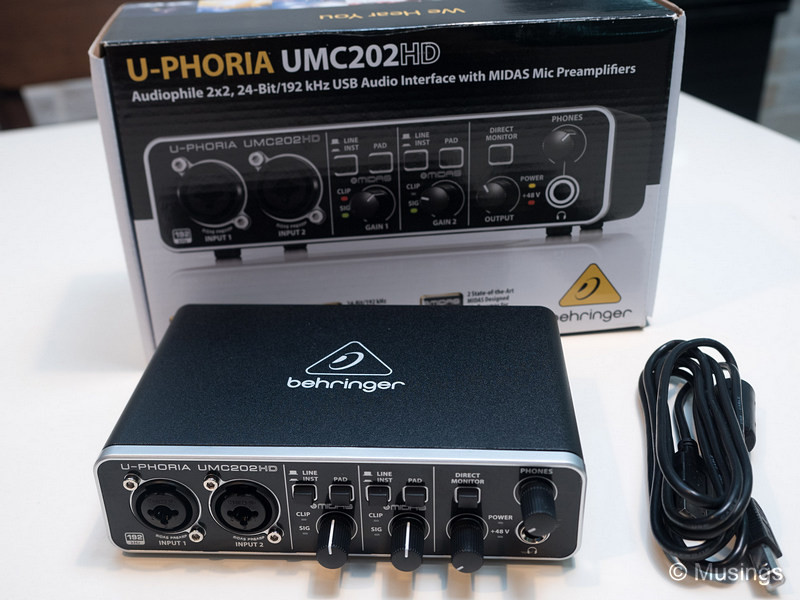
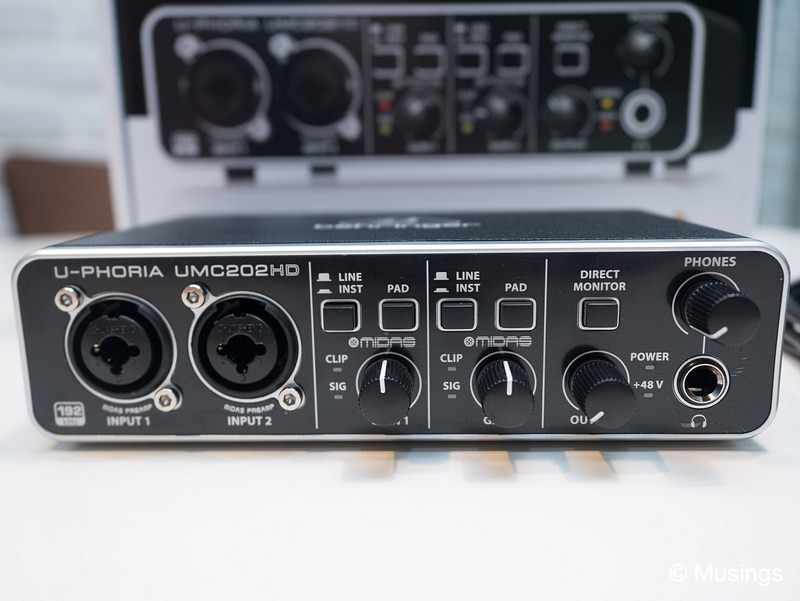
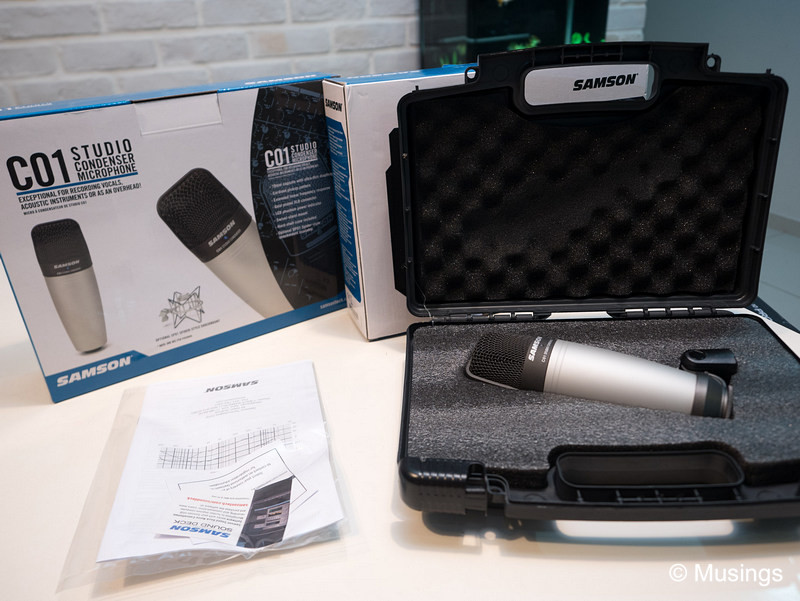
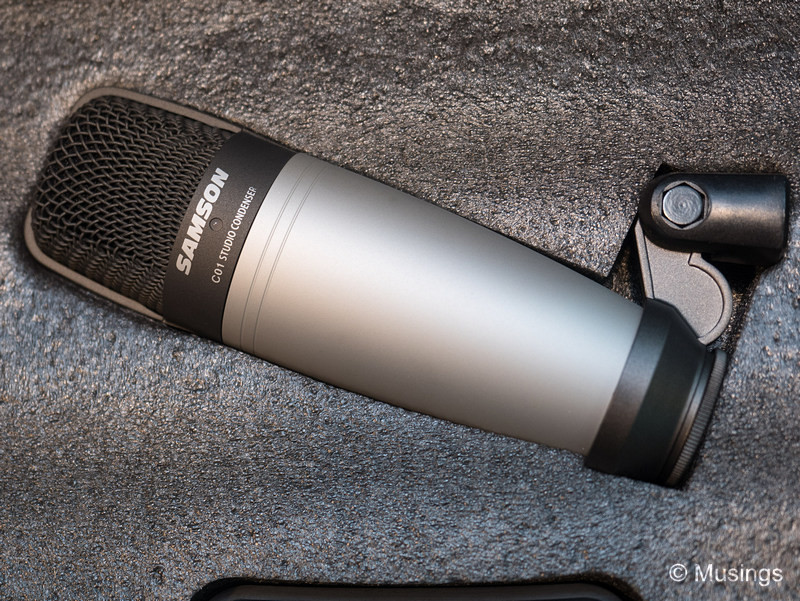
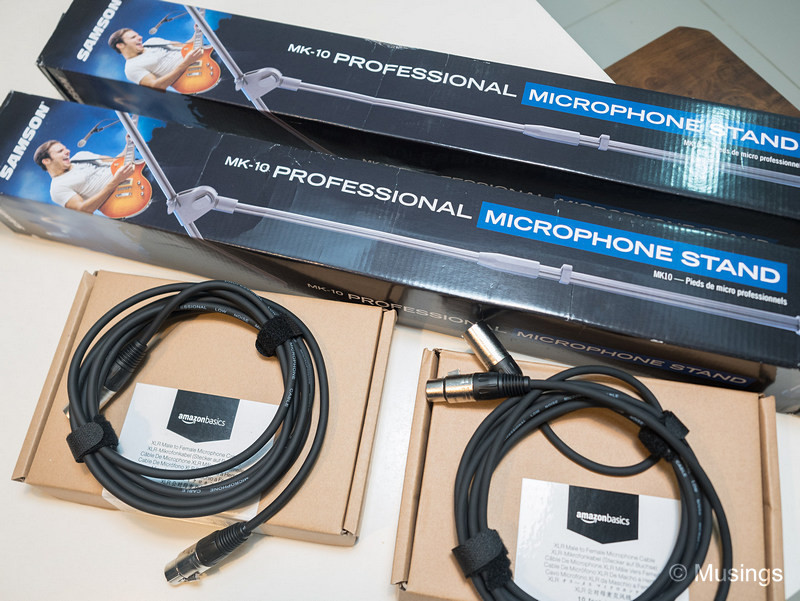

All in, the expenditure was about SGD377 – quite a bit lower than what I’d earlier resigned to spending during the initial exploration phase. With two of the key items – namely the microphones and audio interface – high-quality models even!
Recent comments